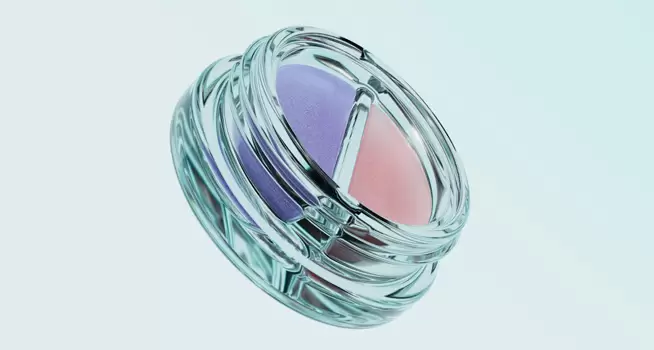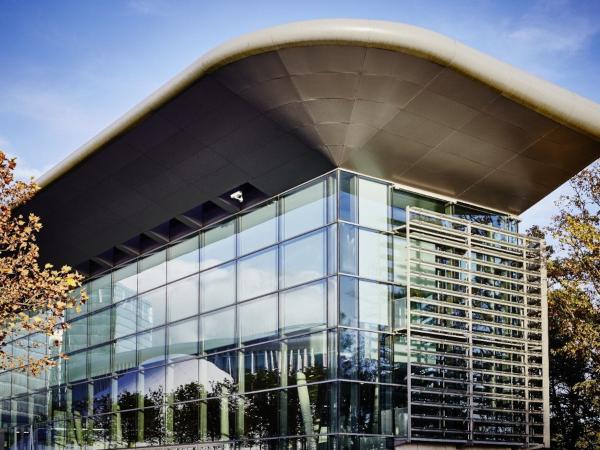Coating Independent Temperature Monitoring and Quality Control in Glass Tempering Furnaces
The physical properties of flat glass can be greatly influenced by precise heat treatment. In the thermal tempering process, which is commonly used for single-pane safety glass (SPSG), the glass panes undergo a uniform heating process in a furnace, reaching temperatures of approximately 650°C, where the glass begins to soften.
To ensure high-quality glass production, it is crucial to maintain a homogeneous thermal treatment throughout the process. This is where the application of accurate temperature measurement technology comes into play.
Addressing the Challenge of Low-E Glass
In the pursuit of energy-efficient buildings, Low-E glass has become the standard choice for windows and facade components. This type of glass features a coated side with extremely low emissivity, posing a challenge for traditional infrared devices used to measure glass temperature from above as the panes move out of the furnace.
However, a groundbreaking solution has emerged. Introducing the new Bottom-Up Glass Inspection System (GIS) by Optris, which offers a fresh approach to address this challenge. By installing two infrared imagers underneath the tempering line, the system consistently measures the temperature on the non-coated, high emissivity side of the glass. Thanks to advancements in IR technology, these new compact imagers enable installation beneath the line, a concept previously unattainable with bulkier line scanners.
Equipped with two VGA imagers boasting a maximum field of view of 111°, the system delivers an outstanding 1600-pixel scan line resolution across a maximum 4.3m scan width. In addition to accurately determining the temperature distribution, the system also calculates the glass surface area, ensuring comprehensive quality control.
Reliability and Efficiency with Ultra-Fast Pyrometer and Digitally Controlled Lens Protection System
To provide a reliable safeguard in the event of glass breakage, the Bottom-Up System incorporates an ultra-fast CTlaser 4M pyrometer with a rapid 90 µs exposure time. This pyrometer, combined with the digitally controlled lens protection system (DCLP), not only ensures the safety of the infrared cameras but also extends the maintenance intervals by eliminating the need for additional time-consuming cleaning and blowing of the optics with compressed air.
Optris offers the Bottom-Up Glass Inspection System in two versions: the High-Resolution GIS 640i G7 and the High-Performance GIS 450i G7. Both systems come pre-assembled, allowing for easy installation on glass tempering lines. Alongside the infrared cameras, pyrometer, and shutter systems, the delivery also includes a compact control cabinet containing all necessary electronic and control components, as well as the required cables.
Simplified Installation and Commissioning for Optimal Efficiency
Compared to the conventional line scanner systems used in the past, the camera-based glass inspection system offers effortless alignment of the scan line through software, eliminating the need for precise mechanical positioning above the oven. This advancement significantly reduces the effort required for installation and commissioning, ensuring minimal downtime and maximum productivity.
Upgrade your glass tempering plant with the state-of-the-art Optris Bottom-Up System, providing coating-independent temperature monitoring and exceptional quality control. Experience enhanced efficiency, reliability, and precision, as you deliver top-quality tempered glass for various architectural applications.
Source: www.optris.global with additional information added by GlassBalkan







